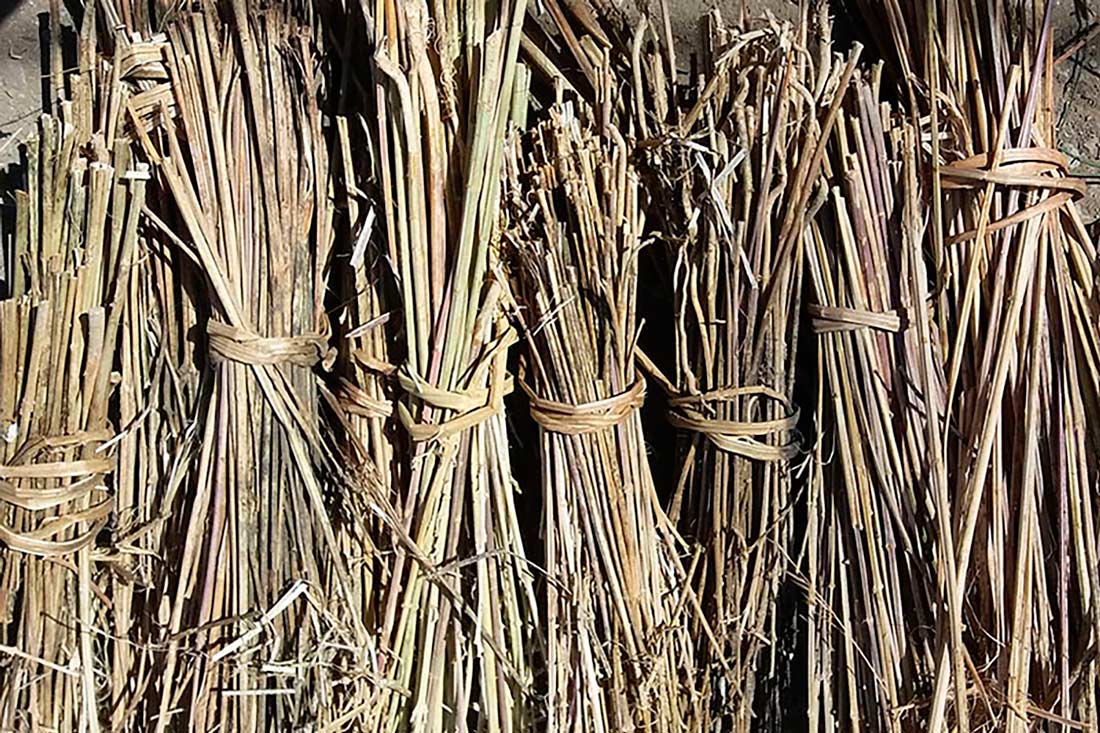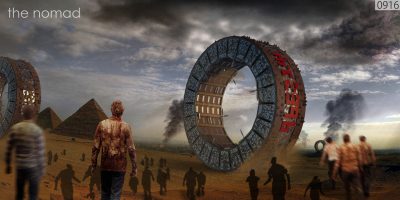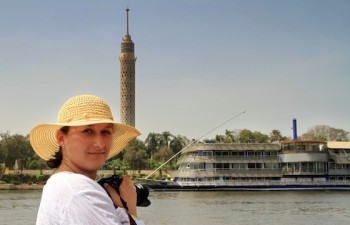 The Sunimplant team developed a concept for the preservation of the environment and cultural heritage in the rural region of the High Rif in north of Morocco.
The Sunimplant team developed a concept for the preservation of the environment and cultural heritage in the rural region of the High Rif in north of Morocco.
A team from a Moroccan cooperative and international experts from the Solar Decathlon have highlighted the beauty of vernacular architecture and building in Morocco by creating a hemp house outfitted with solar panels. The hemp and solar panelled house called Sunimplant, is an off-grid house made as a sustainable, relatable demo home for Moroccan people.








Student creators built it as part of Solar Decathlon organized in part by the IRESEN Institute for Research in Solar Energy and New Energies in Morocco, Mohammed VI Polytechnic University, the Moroccan Ministry of Energy, Mines, Water and Environment and the United States Department of Energy (DOE).
This biannual international competition we’ve covered here challenges teams to design and construct buildings powered by solar energy. The last edition took place in 2020 and this gorgeous building located in Ben Guerir, Morocco is built from locally sourced hemp, plant bio-resins and non-synthetic materials found in the region.
It was planned and built by Adrar Nouh, a Moroccan cooperative created in 2017 to develop biotechnology for socio-economic development in the Central Rif region of Morocco. Members from Adrar Nouh worked with a team of Moroccan architectural students and international partners in the design of a prototype hemp house of about 90 square meters. The house was first revealed in 2019.
Blueprints from the hemp solar house are below:


Sunimplant uses local and ancestral hemp from the Rif region, transforming it into new aggregates via a process developed by one of Adrar Nouh’s co-founders Monika Brümmer while doing a doctoral thesis at the University of Granada.
Brümmer also owns the Granada-based Cannabric, a load-bearing hemp-clay blocks and bricks company.
Natural earth buildings cost a fraction of those built by modern construction companies that use non-renewable resources such as cement and steel. They are passively cool in the summer and tend to stay warm in the winter. They can be built by the hands of the owners of the property, and often don’t require extensive technological know-how.
What is vernacular architecture?
Vernacular building is making a comeback in the Middle East thanks to Caltech Earth’s Nader Khalili and Hasan Fathy of Egypt. Both were educated and from well-off families but admired the vernacular of their regions, Iran and Egypt respectively, and wanted a sensible, natural approach to building homes for the people.
Vernacular architecture can be defined as a type of local or regional construction, using traditional materials and resources from the area where the building is located.
Consequently, this architecture is closely related to its context and is aware of the specific geographic features and cultural aspects of its surroundings, being strongly influenced by them. For this reason, they are unique to different places in the world, becoming even a means of reaffirming an identity.

Yemen’s Manhattan of the desert, vernacular architecture from the Middle East created from mud
Builders can be peasants and simple craftspeople. Vernacular architecture can be done outside any academic tradition, and without professional guidance.



